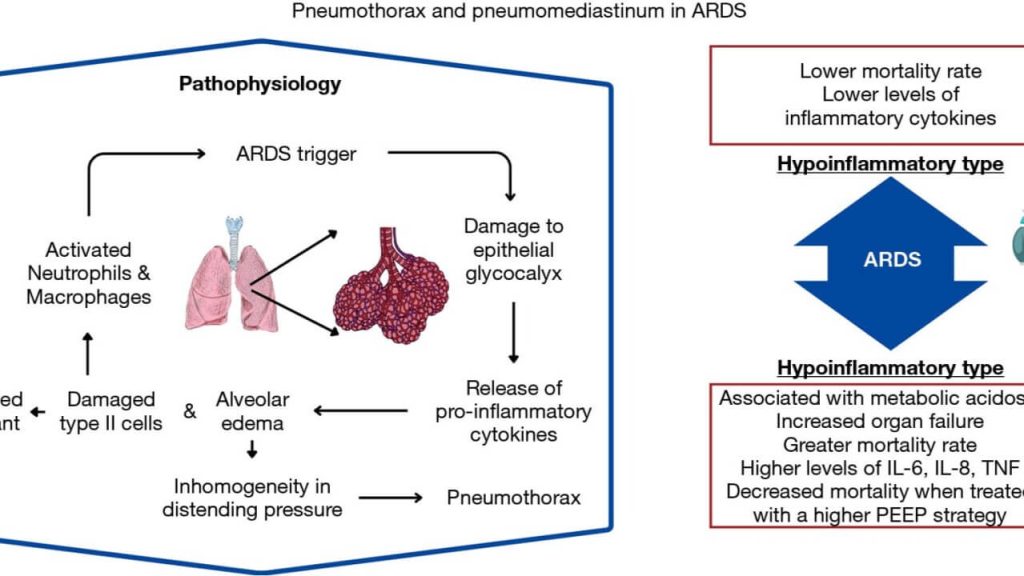Inconsistent Methods Used to Set Airway Pressure Release Ventilation in ARDS: A Systematic Review and Meta-Regression Analysis
Abstract Airway pressure release ventilation (APRV) is a protective mechanical ventilation mode for patients with acute respiratory distress syndrome (ARDS) that theoretically may reduce ventilator-induced lung injury (VILI) and ARDS-related mortality. However, there is no standard method to set and adjust the APRV mode shown to be optimal. Therefore, we performed a meta-regression analysis to […]









